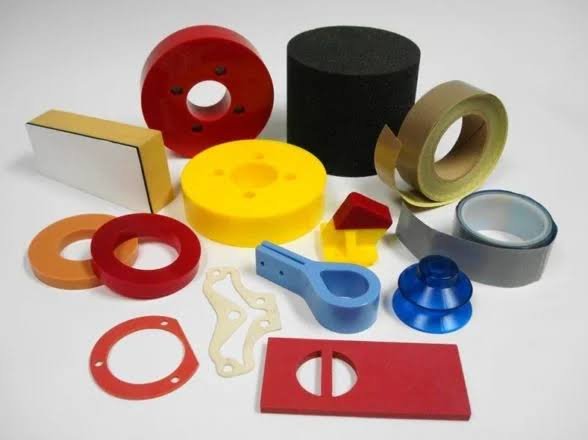Precision cuts are the backbone of creating high-performance parts in manufacturing, especially when working with advanced materials or producing intricate designs. Whether you’re crafting aerospace components or complex medical devices, the quality of these cuts can mean the difference between a world-class product and a flawed one. This blog explores what precision cutting entails, why it matters, and how it can be applied to achieve remarkable results.
1. Understanding Precision Cutting
Precision cutting refers to the highly accurate process of shaping materials to meet exacting specifications. It employs advanced machinery like laser cutters, water jets, or CNC tools, ensuring unmatched accuracy while maintaining material integrity. Without precision cutting, achieving consistency, tight tolerances, and superior finishes would be virtually impossible in high-performance applications.
For example, industries like aerospace and robotics often demand accuracy measured in microns. A deviation as small as 0.01 mm can cause significant issues in functionality or safety. With precision cutting, such tolerances can be routinely achieved.
2. Exceptional Material Versatility
One of the unparalleled aspects of precision cutting is its ability to work with diverse materials. From robust metals like titanium to delicate composites, adaptability in material handling ensures manufacturers meet a wide array of project demands.
For instance, in aluminum milling, precision tools can craft lightweight yet exceptionally strong parts. Such features are critical in industries where weight reduction directly impacts performance, like in aviation or automotive manufacturing.
By being able to slice through challenging materials without compromising quality or introducing defects, manufacturers can maintain both the structural integrity and visual appeal of their parts.
3. Enhanced Efficiency and Reduced Waste
Traditional cutting methods often leave room for human error and material waste. Precision cutting eliminates these inefficiencies by delivering high accuracy with minimal scrap. Machines are programmed to optimize material usage and reduce offcuts, which is particularly valuable when dealing with expensive materials like carbon fiber or titanium.
For example, advanced water jet cutters use computer-aided designs (CAD) to ensure precise cuts. Projects that traditionally took hours can now be completed in minutes, speeding up production cycles while saving resources.
4. Tighter Tolerances for Complex Designs
Precision cutting enables manufacturers to produce intricate and detailed parts without sacrificing dimensional accuracy. This capability is crucial for industries such as healthcare and electronics, which rely on micro-components to meet performance demands. Consistency is non-negotiable when producing these parts at scale, and precision cutting ensures that every unit meets exacting standards.
Take, for example, the construction of advanced surgical instruments. The tools needed for minimally invasive surgeries require complex geometries and perfect smoothness to ensure effectiveness and safety. Precision cutting achieves these standards with ease.
5. Applications Across Industries
The versatility of precision cutting has extended its use to nearly every sector. Below are just a few industrial applications where it plays a pivotal role:
- Aerospace: Precise cuts ensure safety and performance for critical components like turbine blades and structural parts.
- Automotive: Lightweight materials, shaped with intricate detailing, enhance the efficiency and aesthetics of modern vehicles.
- Medical Devices: High-precision parts, such as implants or surgical tools, must meet stringent regulations and biomechanical requirements.
- Electronics: From microchips to intricate casings, detailed craftsmanship ensures reliable functionality in compact designs.
By applying precision cutting across diverse areas, manufacturers can meet both high-performance requirements and growing market demands.
Precision cuts are transforming the way industries approach manufacturing. Whether it’s producing flawless prototypes or meeting the rigorous tolerances of high-performance applications, advanced cutting techniques ensure consistent quality and remarkable efficiency. These methods not only optimize resource use but also open doors for innovation in industries where precision is paramount.
